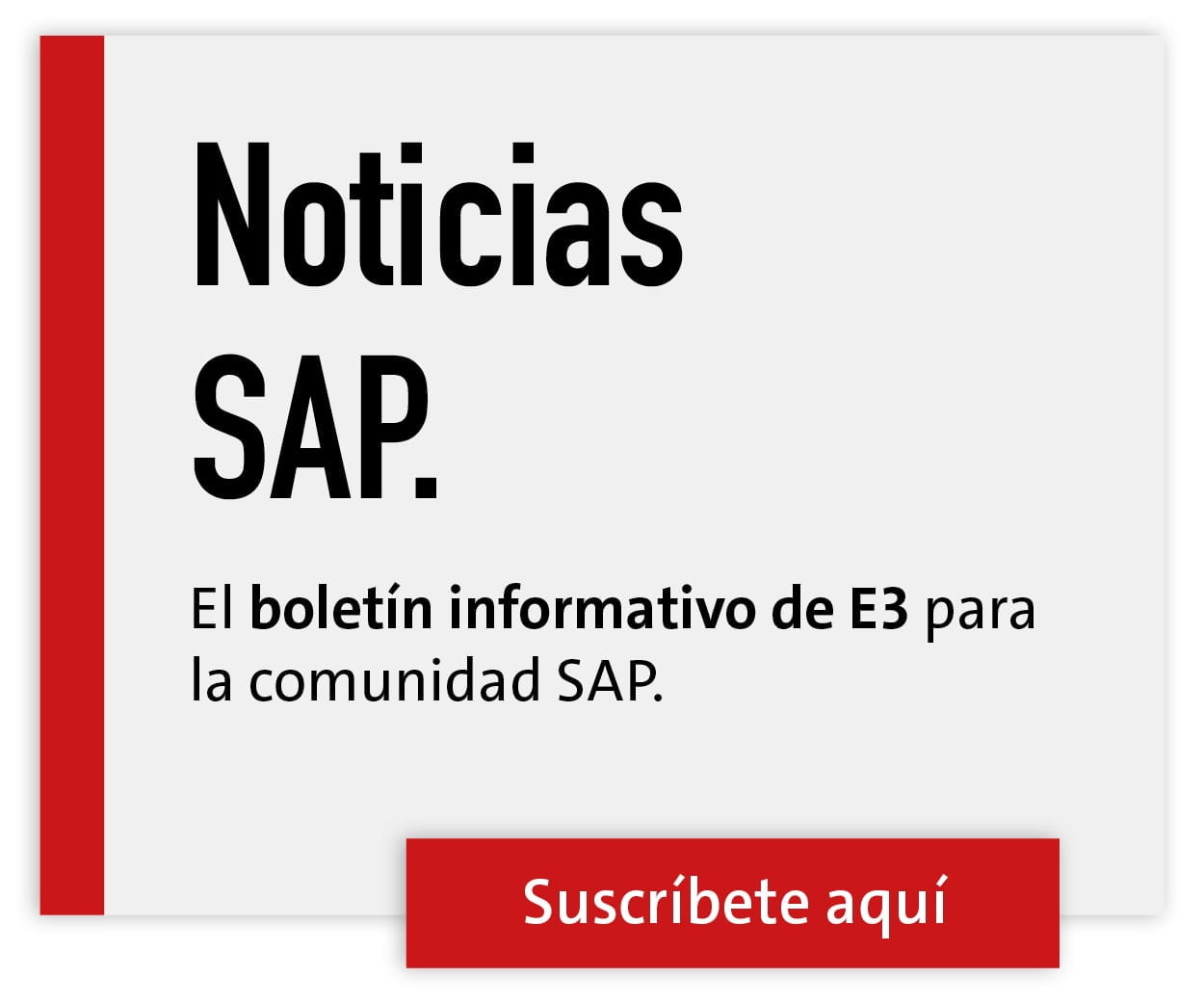How do we want to operate S/4 in the future?

SAP's announcement to push the use of S/4 Hana in the cloud is accompanied by various considerations in companies. After all, SAP solutions, and ERP systems in particular, are at the heart of IT in the midmarket. It is often suggested that the migration of on-premises environments to the cloud is one of the core challenges. I only share this assessment to a limited extent, because on the one hand SAP offers assistance with Rise with SAP and there are already various best practices for greenfield and brownfield approaches to migration. On the other hand, the question of migration - although justified - is too short-sighted in my opinion.
It is important to remember that the move to S/4 represents a real turning point: once the system is in place, it will be doing its job for years, if not decades. Therefore, the crucial question is: How and where should the system be operated in the future?
When it comes to the question of "where", the answer "Well, in the cloud" is not enough. With regard to sensitive data that is stored and processed in SAP-based systems, topics such as the German Data Protection Act (DSGVO) and data protection in general, as well as questions regarding industry-specific requirements, must not be neglected. Cloud solutions whose providers are headquartered in the USA or even China should be treated with caution, because the supposedly higher performance does not beat legal security in case of doubt. With providers from Germany and DSGVO-compliant data centers in Germany, on the other hand, companies are on the safe side, make themselves less vulnerable to legal attack and still enjoy the advantages of a high-performance and scalable cloud solution.
Another aspect that tends to be overlooked is the personnel issue. Of course, the shortage of skilled workers is currently hanging over companies in many industries like the sword of Damocles. But even the SAP and cloud experts who are already available internally will not remain forever. What does internal availability look like in the long term? Are there opportunities for knowledge transfer (if any)? If both questions tend to make you shake your head, you should urgently look for external partners. This may sound trivial, but it is by no means so. Especially in the midmarket business, service providers are a rare commodity, because the workload is already high and especially the "big players" in the SAP market cannot even serve additional clients.
Therefore, a needs analysis must be carried out as early as possible. Two questions are crucial here: Firstly, cloud readiness: Is my company still at the beginning of this process or does it already have experience in dealing with the cloud? The answer has a major influence on any process restructuring and infrastructure planning.
The second question concerns SAP expertise itself: How much SAP expertise would have to be brought into the company from outside, if necessary? S/4 is supposed to create additional efficiency in companies. So why not also relieve the burden on internal resources in the course of the transformation? Medium-sized companies in particular can benefit from S/4 as a fully managed version in the cloud by handing over infrastructure issues and the SAP basis completely to a partner who also has the necessary SAP knowledge and provides consulting support.
This approach gives medium-sized companies the flexibility they so urgently need. And between us: Companies should not only have to demonstrate this flexibility, but also demand it from their (cloud) partners. Rigid SLAs and contact via five corners do not suit the approach of medium-sized businesses. When selecting partners, look for local contacts who will fully support the project and build relationships - after all, the topic of S/4 will be with us all for some years to come.






